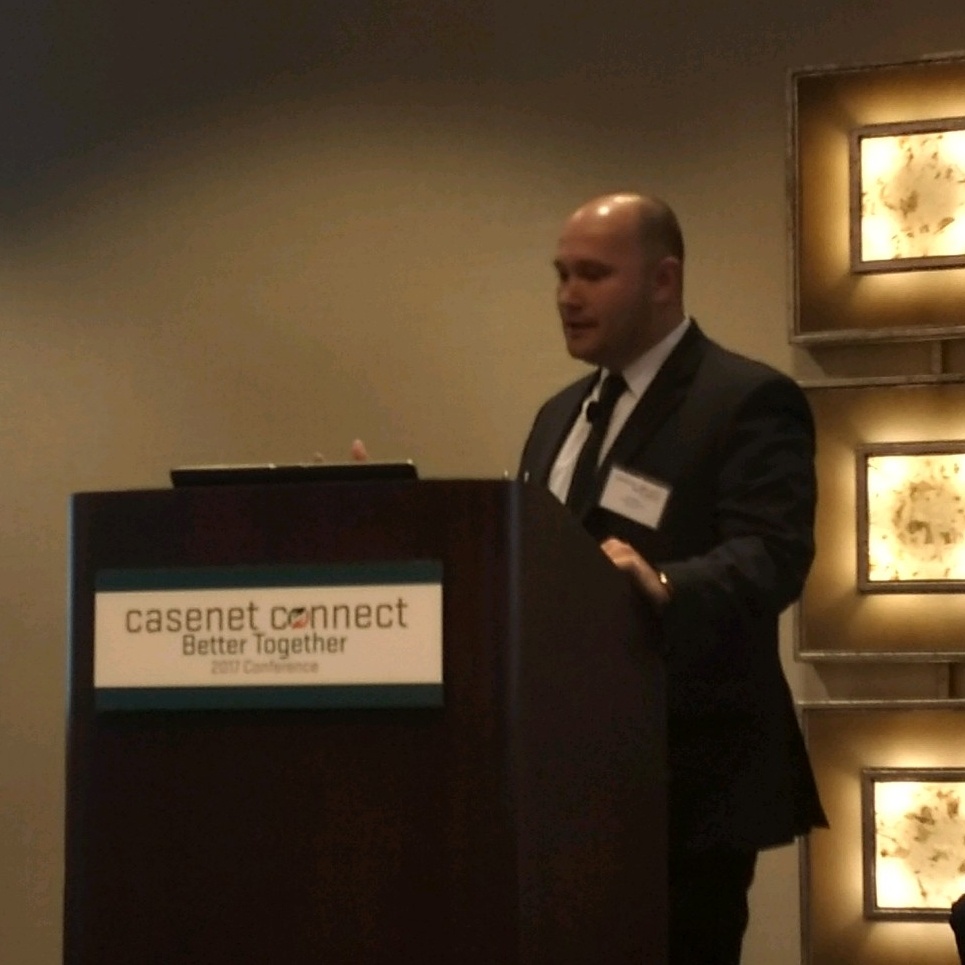For the case managers at South Country Health Alliance, a county-based health plan serving 12 Minnesota counties, locating members in transition was proving to be a stumbling block to facilitating care. Although hospitals were supposed to be notifying the health plan within 24 hours of a hospital admission, South Country data revealed they were not receiving notifications for as many as 20 percent of their members. Further, notifications they did receive often came through after the member was discharged—much too late for case managers to provide proactive care.
Aiming for 100 percent throughput on admissions notifications, South Country leveraged innovative technology platforms to set up real-time, automated Admission, Discharge and Transfer (ADT) alerts from their HIE to their TruCare care management platform. Achieving these lofty goals required a collaborative effort combining technical resources that understood the data flows and data quality issues, the technological processing power of TruCare Linx to normalize the data and orchestrate the transactions between the disparate systems and the business and clinical leadership to provide the process framework to inform how the data would be used to ensure positive outcomes for their members.
You can read about the key technical considerations in the second post in this series [1]. From a management standpoint, the following are South Country’s best practices for an ADT integration:
Align the IT and Business Teams—Before the project begins, ensure that both the IT and business teams share the same vision for the integration’s end result. The IT team must understand exactly what data the business team needs to move, as well as how the end users intend to use the data.
Focus on the Patient-Care Results—In getting buy-in from the key stakeholders, stress not only the technology goals but also the ultimate patient-care goals. A successful ADT integration will enable case managers to spend more time on direct patient care, to be proactive versus reactive in delivering interventions, and to be present in real time to assist with transitions of care. All this will lead to reduced readmissions, better patient care, and higher member satisfaction.
Engage Subject Matter Experts—Moving data from one system to another will require mapping and some degree of translation to ensure that what comes out of the transfer appears in a format that is accurate and meaningful to the end user. Simply moving data from one system to another is not enough. Clinical and business expertise is needed to ensure that the data movement is initiating or enhancing the care process. At all stages of the integration process, subject matter experts will need to review data to ensure its integrity and usability on the other end. The integration tools need the ability to incorporate these clinical and business needs and the flexibility to adapt to different needs and a changing healthcare landscape.
Set Notification Boundaries—The ADT feed is ongoing in real time, meaning that patient information is routed to TruCare instantly as it is being collected in the EHRs. However, South Country limited task routing to the case managers to once per day. Scheduled routing prevents case managers from alert fatigue and avoids distractions caused by constant notification pop-ups.
The ADT alert system not only moved South Country toward its 100 percent goal [2], but it also streamlined a tedious workflow and helped case managers consistently locate members in real time to fundamentally change their approach to transitions of care management. Interoperability is an extraordinary goal for the healthcare technology industry. South Country’s ADT integration reminds us, however, that interoperability is a means to achieve a broader goal: better patient care.
This blog post is the third in a multi-part series. Click to read Taking the First Step—Defining the Most-Needed Data or Making the Connections.

